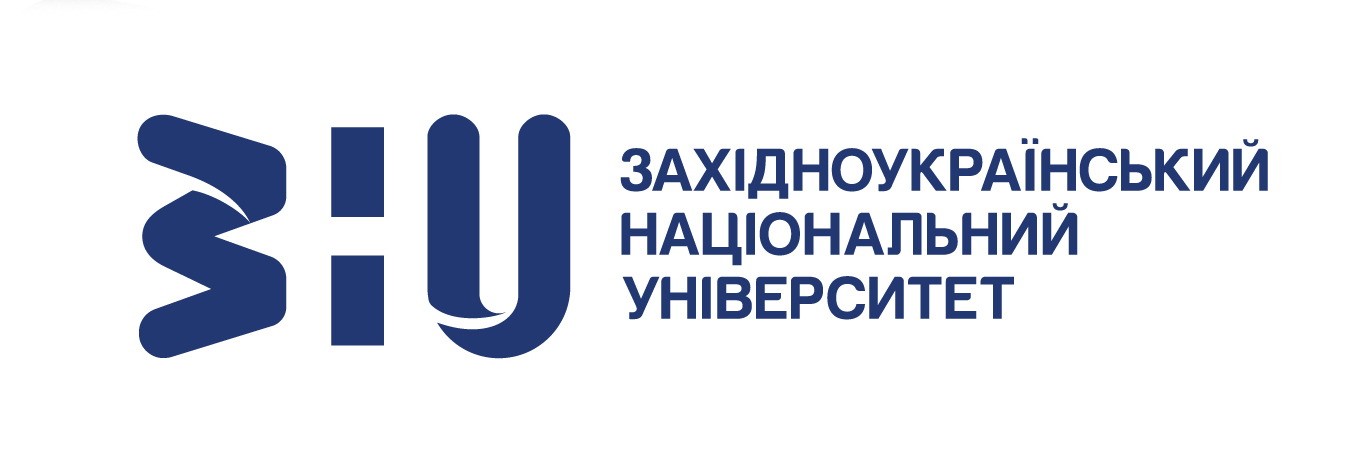EXPORT-IMPORT OPERATIONS OF THE USSR AND CUSTOMS ACTIVITIES IN THE PERIOD 1941–1945
DOI:
https://doi.org/10.35774/sf2020.03.153Keywords:
land lease, export, import, customs duties, customs, smugglingAbstract
Introduction. TThe question of the functioning of the customs system during World War II is one of the little-studied but extremely interesting pages in the history of domestic finance, because foreign economic activity did not stop for a single day during the hostilities.
The purpose is research on the organization of export-import operations in the USSR during 1941–1945 in the context of their scope and features of implementation and clarification of the role and importance of the customs service in ensuring these processes.
Methods. In the course of work on the article were used general and special research methods: analysis, generalization, statistical, graphical, tabular.
Results. The article deals with the issue of the USSR foreign economic activity during the active fighting with Germany. It is found that for objective reasons, Soviet imports were 19 times the majority of exports. This trend was absolutely natural, because the country, having suffered huge losses at the initial stage of the war, needed weapons, strategic raw materials, industrial equipment, food, fuel and more. The issue of the organization of import deliveries from the Allied countries was raised on June 29, 1941. Due to the beginning of the armed aggression of Germany, the western direction of foreign trade of the USSR was closed, both on land routes and in the waters of the Baltic and Black seas. When analyzing indicators of imports, it should be understood that the bulk of the revenue, both in physical terms and in value, falls on land-lease – forms of military-economic assistance to allied countries, first and foremost, from the US, which was a free supply of military machinery, vehicles, equipment and equipment, technologies, materials, fuel, food required for combat in World War II. Under these conditions, the importance of the customs service, which, in times of war, exercised control over export-import operations, movement across the customs border of cargoes, vehicles, passengers, postal items; fought smuggling and losses in foreign trade; administer customs payments. The factors that led to the activities of customs authorities in 1941–1945 were: conduct of hostilities; repeated decrease in foreign trade volumes; change of structure of export and import (reorientation on military and strategic goods and cargoes); reduction of passenger traffic; organization of delivery on the system of a lease-lease. The main burden of customs clearance and control fell in the customs of the northern (Arkhangelsk and Murmansk), southern (Baku, Julfin, Gaudan) and Far Eastern (Vladivostok) regions. With the start of hostilities, in the territory of Ukraine, the customs were liquidated, but from January 1944 the process of their restoration in the liberated port cities began.
References
Vneshnyaya torgovlya Soyuza SSR. Za period s 22-VI-1941 po 31-XII-1945 g. Po dannyim operativnogo ucheta [Foreign trade of the USSR. For the period from 22-VI-1941 to 31-XII-1945. According to operational accounting]. Available at: http://istmat.info/node/40607.
Mikoian, A.Y. (1999). Tak bylo [It was]. Moscow: Vagrius [in Russian].
Kozhukhov, Yu.V., Lukin, V.N., Musienko, T.V. (2014). Tamozhennyie organyi SSSR v 1941 godu [USSR customs authorities in 1941]. Uchenye zapiski Sankt-Peterburgskogo im. V.B. Bobkova filiala RTA – Scientific notes of St. Petersburg im. VB Bobkov branch of the Russian Customs Academy, 1 (49), 209–220 [in Russian].
Kozhukhov, Yu.V., Lukin, V.N., Musienko, T.V. (2014). Tamozhennyie organyi SSSR v 1942–1943 godah [USSR customs authorities in 1942–1943 years]. Uchenye zapiski Sankt-Peterburgskogo im. V. B. Bobkova filiala RTA – Scientific notes of St. Petersburg im. VB Bobkov branch of the Russian Customs Academy, 3 (51), 224–238 [in Russian].
Kozhukhov, Yu.V., Lukin, V.N., Musienko, T.V. (2014). Tamozhennyie organyi SSSR v 1944–1945 godah. [USSR customs authorities in 1944–1945 years]. Uchenye zapiski Sankt-Peterburgskogo im. V.B. Bobkova filiala RTA – Scientific notes of St. Petersburg im. VB Bobkov branch of the Russian Customs Academy, 4 (52), 213-229 [in Russian].
Liapustin, S.N. (2008). Borba s kontrabandoy obektov fauny i flory na Dalnem Vostoke Rossii (konets XIX–nachalo XXI v.) [The fight against smuggling of fauna and flora in the Far East of Russia (end of the nineteenth-beginning of the twentyfirst century)]. Vladivostok: VF RTA [in Russian].
Piliaeva, V. (2008). Istoriia tamozhennogo dela i tamozhennoy politiki Rossii [History of customs and customs policy of Russia]. Moscow: Baltrus [in Russian].
Gavriliuk, A.N. (2004). Mariupolskaia tamozhnia v deistvii [Mariupol Customs in action]. Donetsk: Kashtan [in Russian].
Chuchko, M.K., Hriaban, V.V. (2009). Istoriia mytnoi spravy na Bukovyni (XIII–XXI st.) [History of customs in Bukovyna (XIII–XXI centuries)]. Chernivtsi: Zoloti lytavry [in Ukrainian].
Sovetsko-amerikanskie otnosheniia vo vremia Velikoy Otechestvennoy voyny, 1941–1945: Dokumenty i materialy [Soviet and American relations during the Great Patriotic War, 1941–1945: Documents and materials]. (1984). Vol. 1. 1941–1943. Moscow: Politizdat [in Russian].
Obzor deyatelnosti tamozhennyih organov v godyi Velikoy Otechestvennoy voynyi [Overview of the activities of customs authorities during the Great Patriotic War]. Available at: http://museum.customs.ru/index.php?option=com_content&view=article&id=39:2012-10-18-10-42-42&catid=7:publications&Itemid=11.


